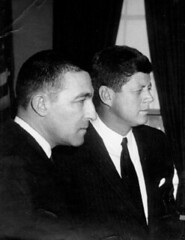 Stewart Udall, Secretary of the Interior under Presidents Johnson and Kennedy, passed away at the age of 90 on Saturday. Rather than repeat the biographic details found in obituaries, this post pays photographic tribute to his life's passion, our wild public lands.
Stewart Udall, Secretary of the Interior under Presidents Johnson and Kennedy, passed away at the age of 90 on Saturday. Rather than repeat the biographic details found in obituaries, this post pays photographic tribute to his life's passion, our wild public lands. Although a quintessential Westerner who began public life as an Arizona member of Congress, one of his first successes in Washington in 1960 was in New Jersey. He championed citizens who wanted to replace Newark Airport with a larger one, and the creation of the Great Swamp National Wildlife Refuge was the result.
Although a quintessential Westerner who began public life as an Arizona member of Congress, one of his first successes in Washington in 1960 was in New Jersey. He championed citizens who wanted to replace Newark Airport with a larger one, and the creation of the Great Swamp National Wildlife Refuge was the result. As Secretary of the Interior, Udall is credited with helping to pass the Wilderness Act in 1964. Legalese can make for dry, dusty reading, but the Wilderness Act's definition verges on poetry:
A wilderness, in contrast with those areas where man and his own works dominate the landscape, is hereby recognized as an area where the earth and community of life are untrammeled by man, where man himself is a visitor who does not remain.

During the Kennedy and Johnson administrations, public lands expanded immensely, with more than 60 additions to the park system totalling 3.85 million acres, thanks to Stewart Udall. He oversaw the creation of remote Guadalupe Mountains National Park, the highest point in Texas, featuring stark contrasts between mountain and desert and the world's finest example of a fossilized reef.
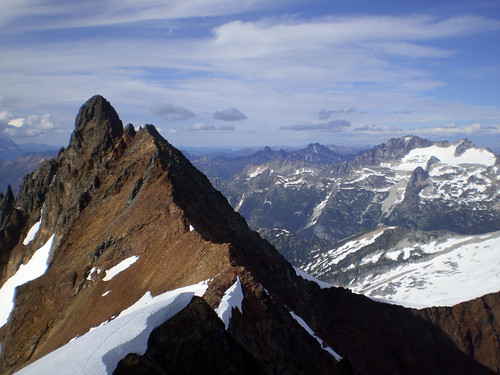 North Cascades National Park, with its high cold peaks and glowing turquoise lakes, is part of his legacy. So are the misty, mystical Redwoods National Park in California, home of the world's tallest trees (below). He also deserves credit for expanding types of units (beyond national parks and monuments), such as the National Trails System (including the Appalachian Trail) established in 1968; the country's national seashores, including Point Reyes, Cape Hatteras, Padre Island, and Cape Cod National Seashores; and national recreation areas such as the Santa Monica Mountains National Recreation Area in Los Angeles (which keeps me sane). The Land and Water Conservation Act of 1965, which funds parks as big as the Grand Canyon and as small as your kid's soccer field from federal oil lease money, shows legislative ingenuity.
North Cascades National Park, with its high cold peaks and glowing turquoise lakes, is part of his legacy. So are the misty, mystical Redwoods National Park in California, home of the world's tallest trees (below). He also deserves credit for expanding types of units (beyond national parks and monuments), such as the National Trails System (including the Appalachian Trail) established in 1968; the country's national seashores, including Point Reyes, Cape Hatteras, Padre Island, and Cape Cod National Seashores; and national recreation areas such as the Santa Monica Mountains National Recreation Area in Los Angeles (which keeps me sane). The Land and Water Conservation Act of 1965, which funds parks as big as the Grand Canyon and as small as your kid's soccer field from federal oil lease money, shows legislative ingenuity. The vast, gorgeous, rugged labyrinth of Canyonlands National Park was established with his help.

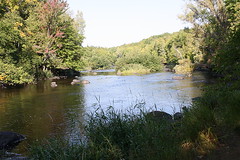 The next time you take a whitewater rafting trip on the Rogue River in Oregon, salute Stewart Udall. If you'd prefer to fish for sturgeon on the Wolf River in Wisconsin (shown) or float the Verde River in Arizona or the Merced River in Yosemite Valley, thank him too for his role in passing the Wild and Scenic Rivers Act.
The next time you take a whitewater rafting trip on the Rogue River in Oregon, salute Stewart Udall. If you'd prefer to fish for sturgeon on the Wolf River in Wisconsin (shown) or float the Verde River in Arizona or the Merced River in Yosemite Valley, thank him too for his role in passing the Wild and Scenic Rivers Act. 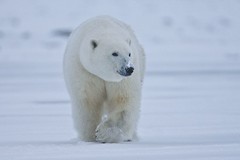 Not content with reshaping the great wild lands of the United States, he also helped to save Carnegie Hall from destruction.
Not content with reshaping the great wild lands of the United States, he also helped to save Carnegie Hall from destruction. He played a role in the National Wildlife Refuge System Administration Act of 1966, arguably the most significant refuge law since the Migratory Bird Act of 1929 first codified refuge administration. Without that law, there would be no Arctic National Wildlife Refuge, no Key West National Wildlife Refuge, nor 56 refuges between, all established during his tenure.
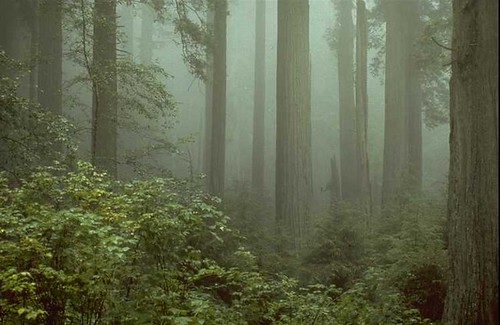
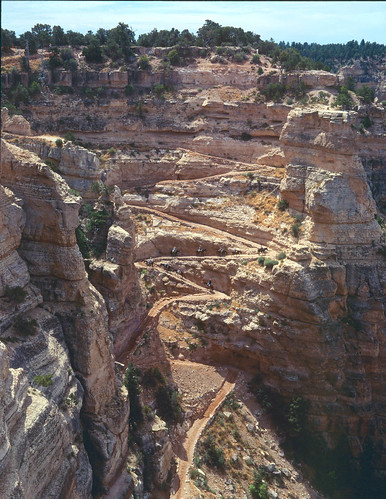
President Obama's statement:
For the better part of three decades, Stewart Udall served this nation honorably. Whether in the skies above Italy in World War II, in Congress or as Secretary of the Interior, Stewart Udall left an indelible mark on this nation and inspired countless Americans who will continue his fight for clean air, clean water and to maintain our many natural treasures. Michelle and I extend our condolences to the entire Udall family who continue his legacy of public service to this day.
In honor of work by him and his brother Morris Udall, both patriots who loved their country from sea to shining sea, the easternmost and westernmost points in the country bear their names.
Two details stand out from the New York Times obituary on a life well lived, priorities in order, optimistic, resilient and relevant to the end. From his last Grand Canyon whitewater trip, he hiked from the river to the canyon rim, refusing a mule, 10 strenuous miles uphill, to enjoy a well-deserved martini. At the age of 84. And a recent letter to his grandchildren urged them to focus on "trying to transform our society to a clean energy and clean job society."
No comments:
Post a Comment